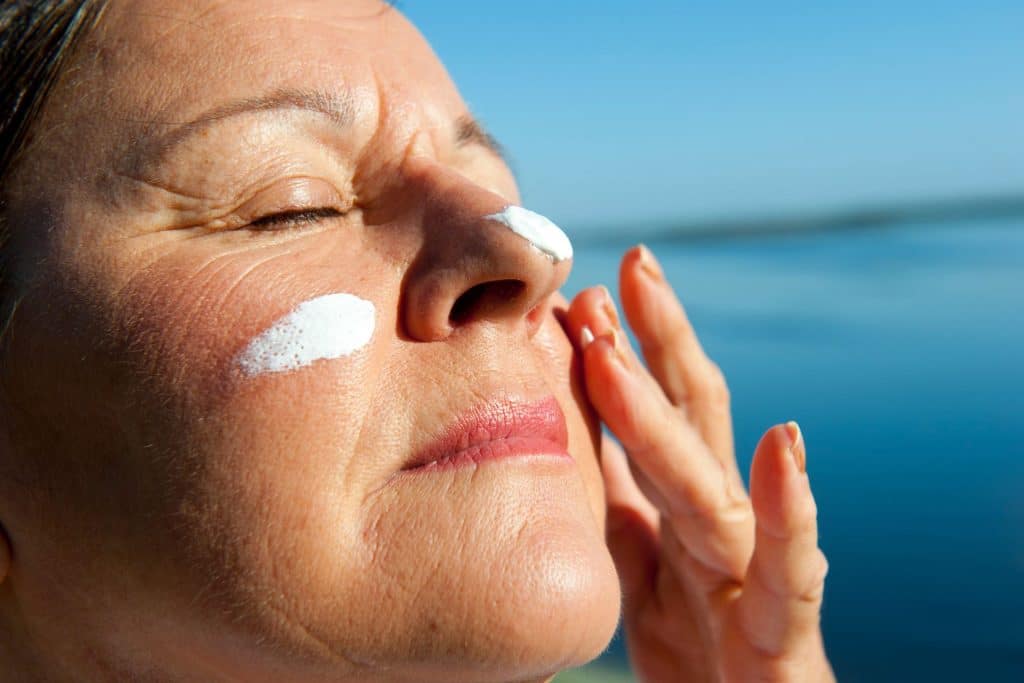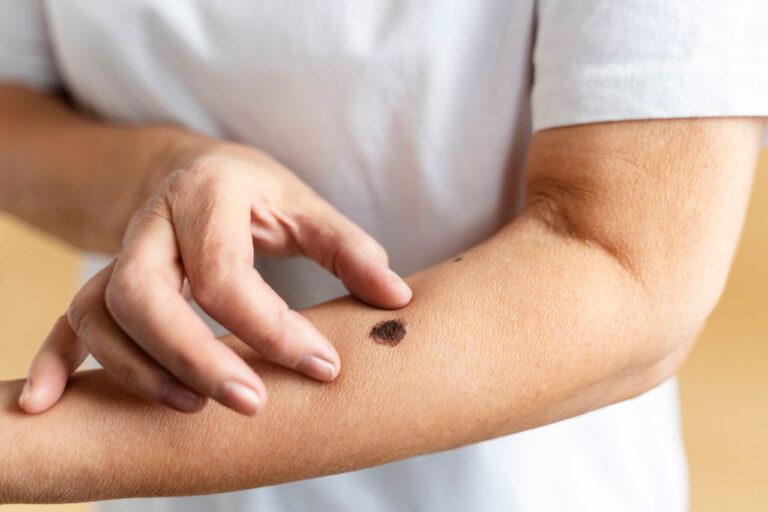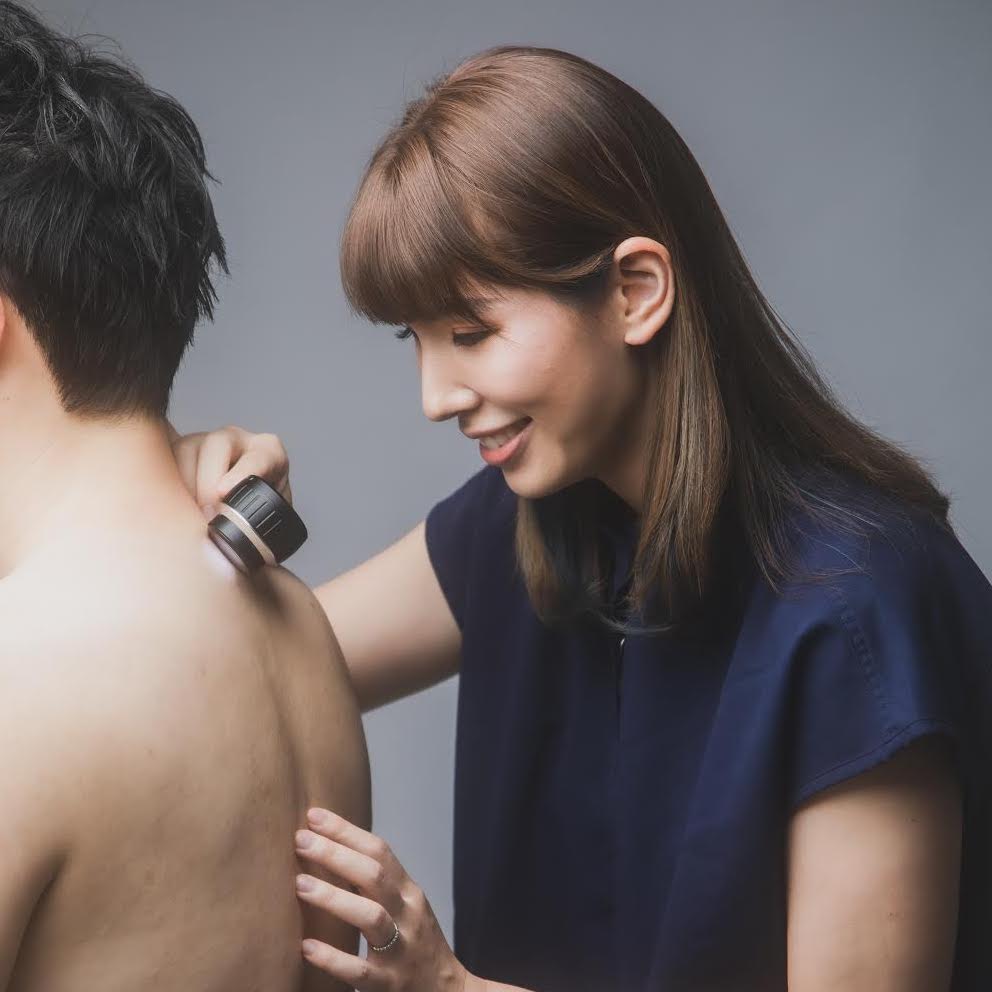At ISO Skin Cancer Clinic, we are committed to educating our patients about the dangers of ultraviolet (UV) radiation and visible light exposure in relation to skin cancer and premature ageing. While UV exposure is widely recognised as a leading cause of skin cancer, visible light is also emerging as an important factor in skin ageing and hyperpigmentation.
Understanding the differences between UVA, UVB, and visible light is crucial for developing a complete sun protection strategy.
Understanding UVA, UVB, and Visible Light
The sun emits various types of radiation, but the three most relevant to skin health are:
- Ultraviolet A (UVA) – Long-wave radiation that penetrates deep into the skin, causing DNA damage, premature ageing, and contributing to skin cancer.
- Ultraviolet B (UVB) – Short-wave radiation that affects the outer layers of the skin, leading to sunburn, direct DNA mutations, and increasing the risk of melanoma and other skin cancers.
- Visible Light (VL) – The portion of the light spectrum detectable by the human eye, which can cause oxidative stress, hyperpigmentation, and skin ageing.
The Role of UVA in Skin Cancer and Ageing
1. Deep Skin Penetration and DNA Damage
- UVA rays penetrate deeper into the dermis, where they cause DNA mutations and indirectly contribute to skin cancer by generating free radicals (oxidative stress).
- Unlike UVB, UVA is present year-round and penetrates through windows, making indoor exposure a concern.
2. UVA and Premature Ageing (Photoageing)
- UVA breaks down collagen and elastin fibres, leading to wrinkles, sagging, and loss of skin firmness.
- The development of sunspots and uneven pigmentation is linked to chronic UVA exposure.
3. UVA and Skin Cancer
- While UVB is more directly associated with skin cancer, UVA contributes to melanoma by triggering genetic mutations in melanocytes.
- Studies show that artificial UVA exposure from tanning beds significantly increases melanoma risk.
The Role of UVB in Skin Cancer and Ageing
1. UVB Causes Direct DNA Damage
- UVB radiation is the main cause of sunburn, as it affects the epidermis (outer layer of skin).
- It leads to signature DNA mutations (C-T mutations in the p53 gene), which are commonly found in basal cell carcinoma (BCC) and squamous cell carcinoma (SCC).
2. UVB Triggers Melanoma
- UVB is strongly associated with melanoma, especially intermittent, intense sun exposure (such as sunburns in childhood).
3. UVB and Vitamin D Synthesis
- Unlike UVA, UVB stimulates vitamin D production, which is essential for bone health and immune function.
- Balancing sun protection with vitamin D levels is important—patients should discuss safe sun exposure guidelines with their dermatologist.

The Role of Visible Light in Skin Health
1. Visible Light Contributes to Hyperpigmentation
- Unlike UVA and UVB, visible light does not directly cause skin cancer, but it exacerbates hyperpigmentation, particularly in darker skin types.
2. Blue Light (HEV) and Skin Damage
- High-energy visible light (HEV or blue light) penetrates deeper than UVB and contributes to oxidative stress, accelerating skin ageing.
- Studies show prolonged screen exposure may contribute to pigmentation and collagen breakdown over time.
How to Protect Your Skin from UVA, UVB, and Visible Light
- Broad-Spectrum Sunscreen (SPF 30+)
- Choose a broad-spectrum sunscreen that protects against UVA and UVB.
- Mineral sunscreens (zinc oxide & titanium dioxide) offer visible light protection.
- Antioxidants (Vitamin C & E)
- Help neutralise free radicals caused by UVA and visible light.
- Protective Clothing and Sunglasses
- Wear UV-blocking sunglasses and hats to shield against UV exposure.
- Limit Blue Light Exposure
- Use blue light filters on devices and antioxidant-rich skincare.
Book your skin cancer screening today at ISO Skin Cancer Clinic to assess your risk and protect your skin from UV and visible light damage.






